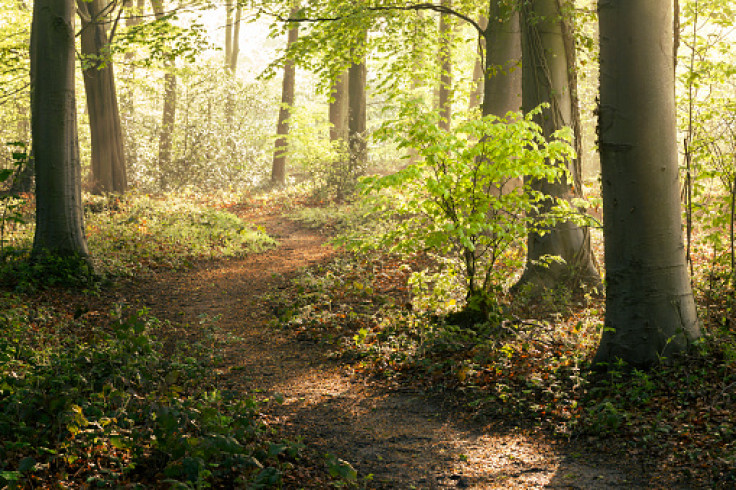Ice Age hunters burned down Europe's forests by starting wildfires
This may be one of the earliest examples of humans altering their natural environment.

Hunter-gatherers who lived in Europe some 20,000 years ago may have started wildfires which burned down a large part of the forests, scientists have found out. This would explain why Europe is not more densely forested, unlike how some climate models predict.
For years, researchers have tried to model what Europe may have looked like during the last Ice Age, which peaked about 21,000 years ago and ended about 11,500 years ago. They have reconstructed the vegetation using pollen and plant fossils, showing that most of the continent may have been characterised by steppe and tundra-like landscapes.
However, climate models have also suggested that forests may have been dense in the southern and eastern parts of Europe. It is unclear exactly how large these forests were and why there are not more of them today on the continent despite the climate models predicting the contrary.
Igniting wildfires
In a recent research published in the journal Plos One, scientists have used eight computer-stimulated climate models, archaeological evidence of human activity and fire use and an analysis of Ice Age accumulations of sediments and layers of ash in the soil. They have thus showed that humans who lived in Europe at the time of the last Ice Age may have had a profound impact on their environment, modifying the landscape by starting large wildfires.
Indeed, scientists know that Ice Age hunter-gatherers mastered the use of fire, and preferred living in semi-open landscapes because it facilitated foraging, hunting and travelling. This study suggests they may have started forest fires to create these more open environments and make it easier to attract animals, gather raw material, and move rapidly from one location to the next.
The wildfires may have been particularly devastating, ravaging very large areas of the forests because trees were already stressed by the low atmospheric CO<sup>2 concentrations and the cold, dry, and highly variable climate that characterised the last Ice Age.
These fires created by humans thus appear to be the reason why plant remains and fossils so far suggested that Europe had an open steppe vegetation, even when climate scenarios showed that under natural conditions many regions would have been densely forested. This may be one of the earliest examples of large-scale human impact on their natural environment and how their actions can lead to forests vanishing.
© Copyright IBTimes 2024. All rights reserved.






